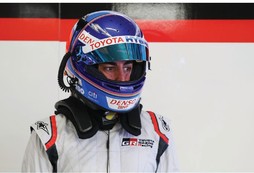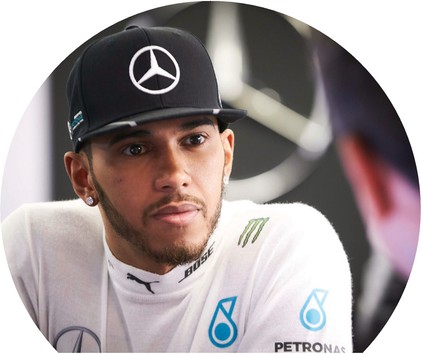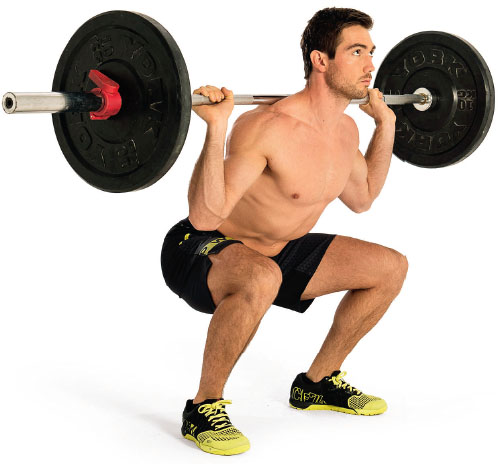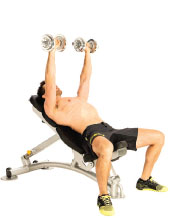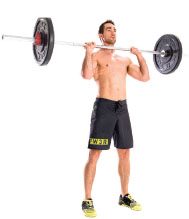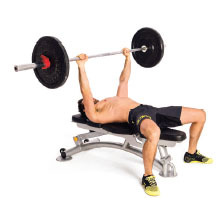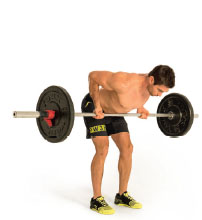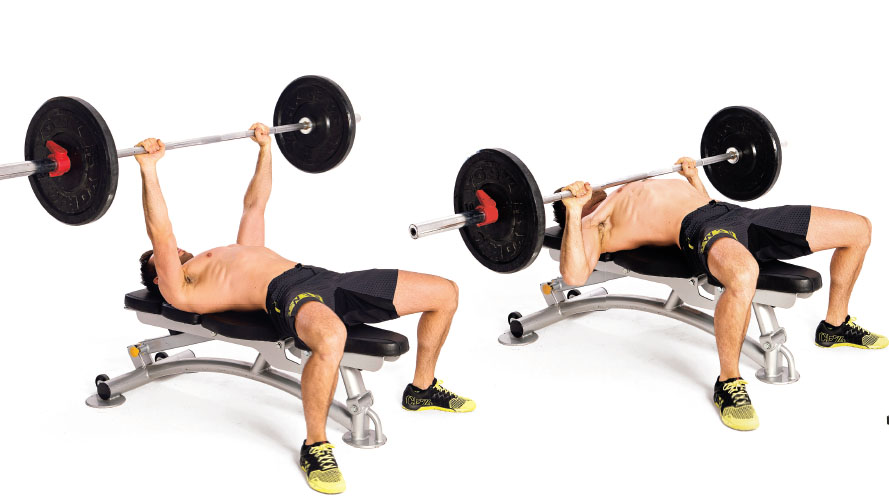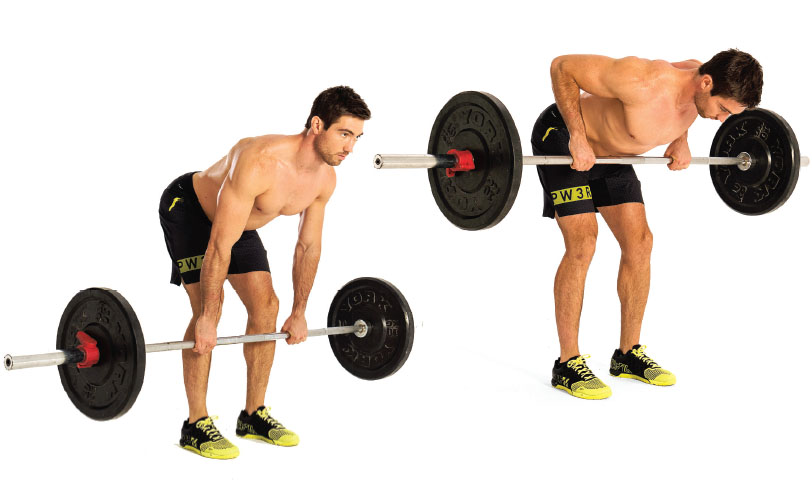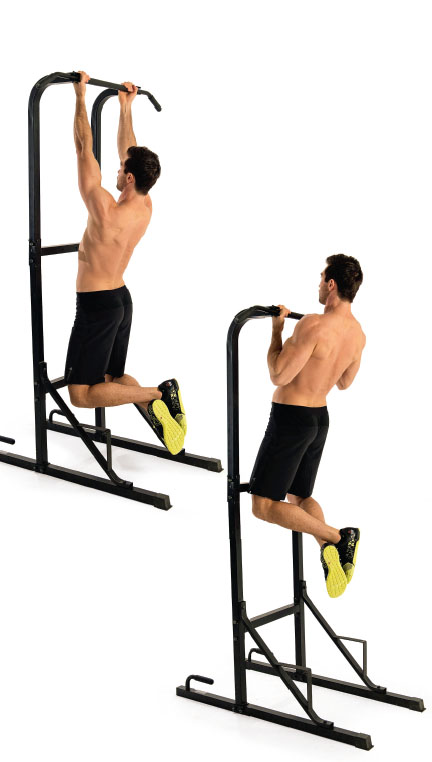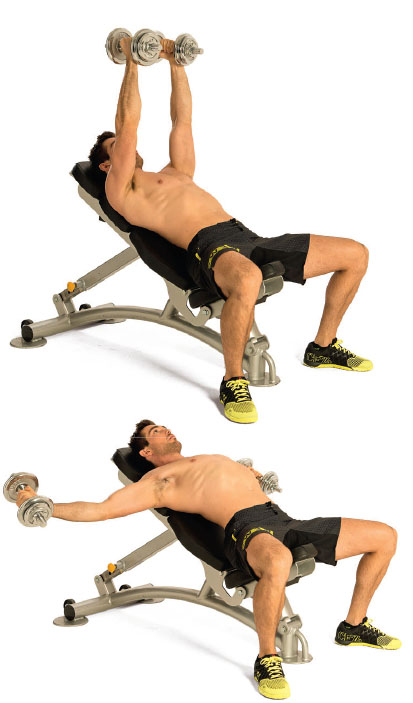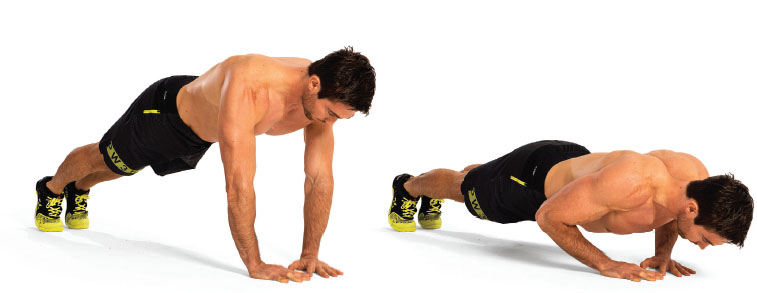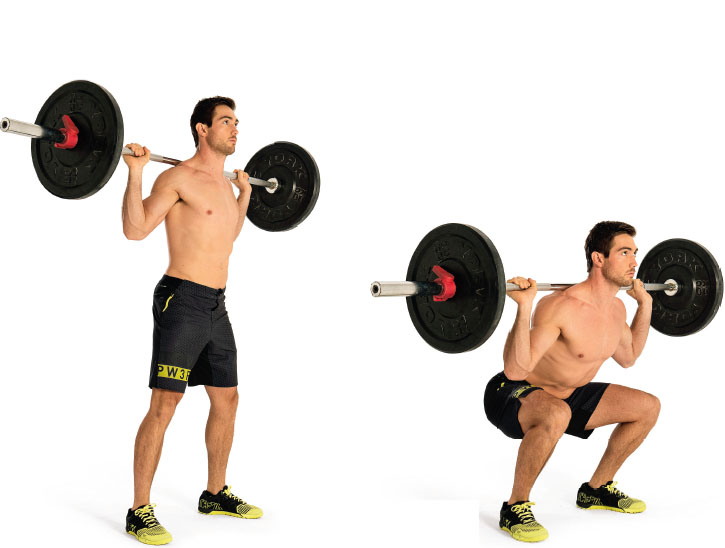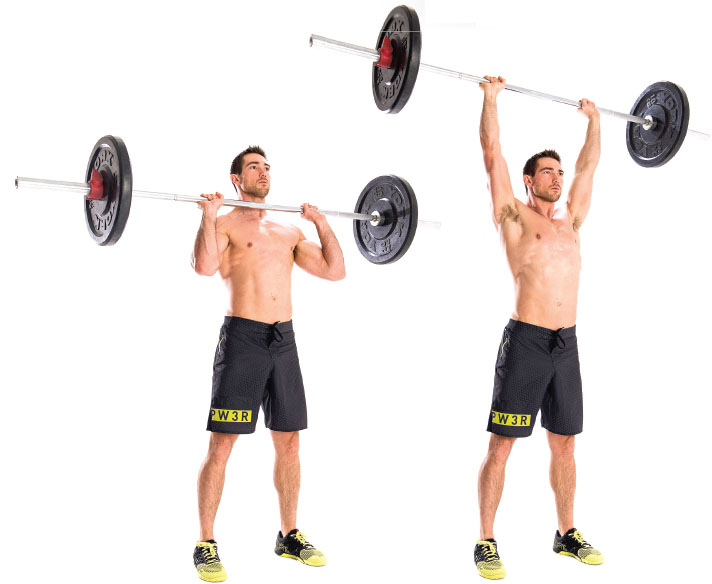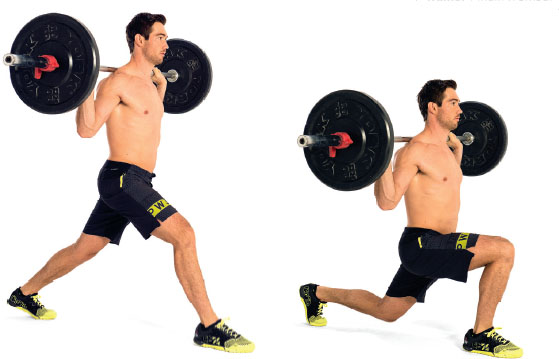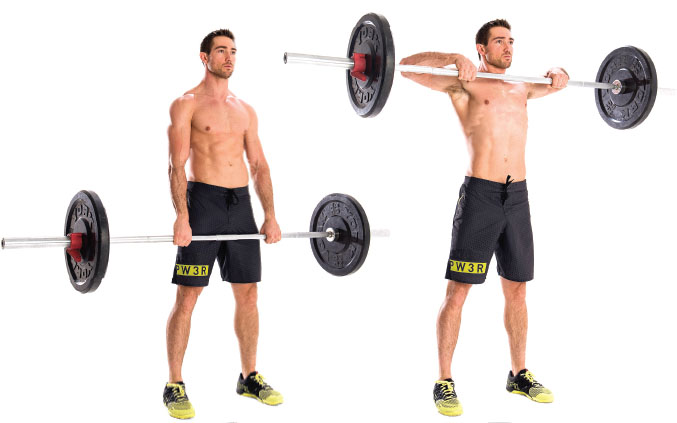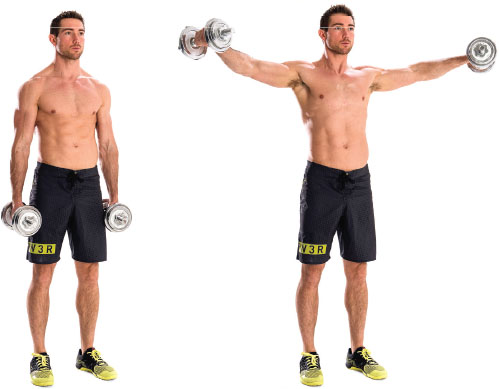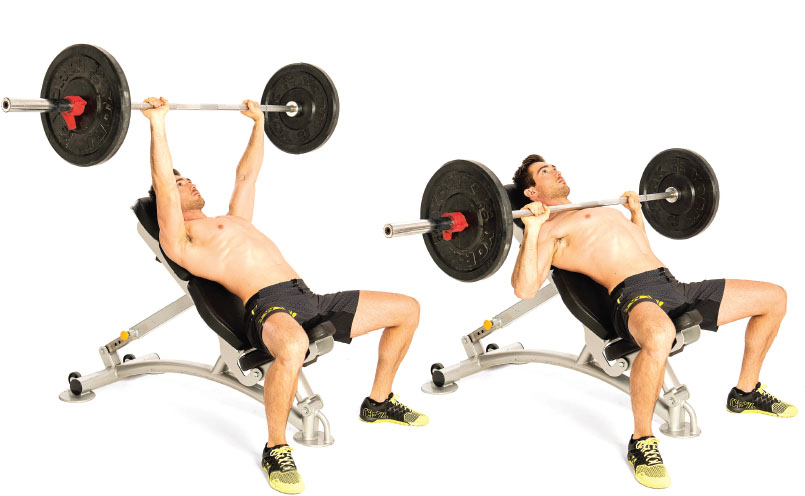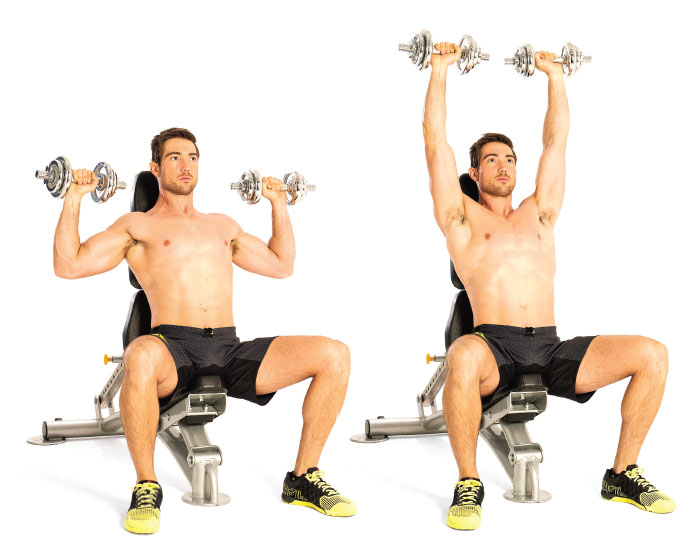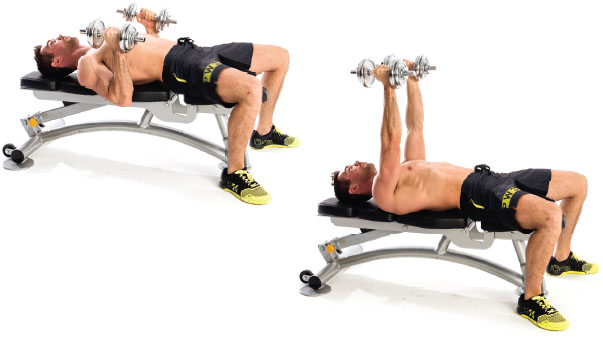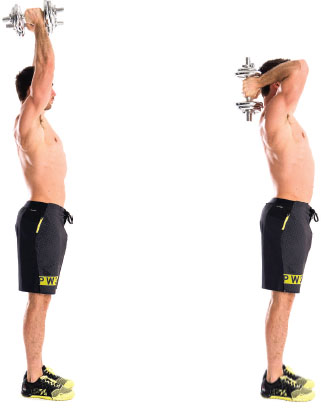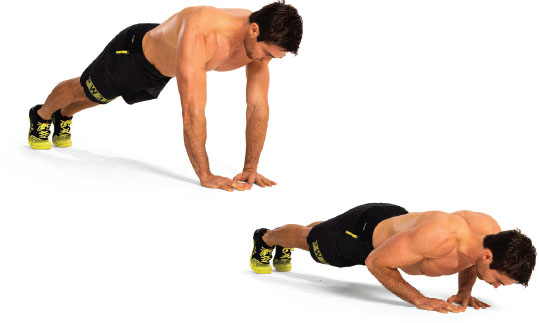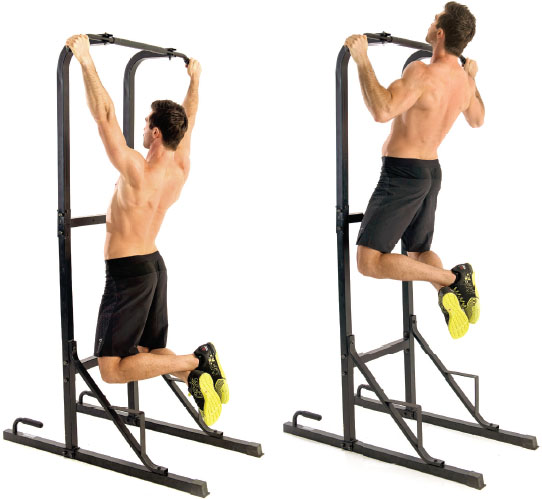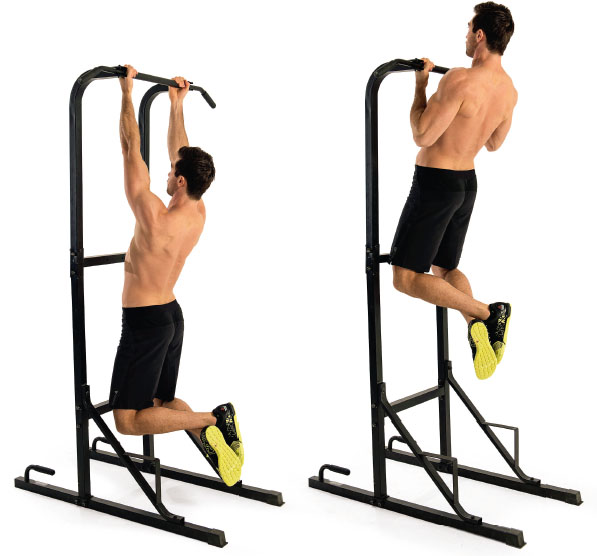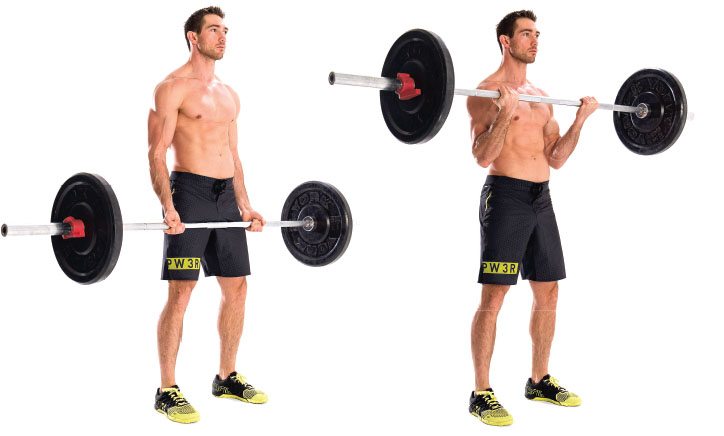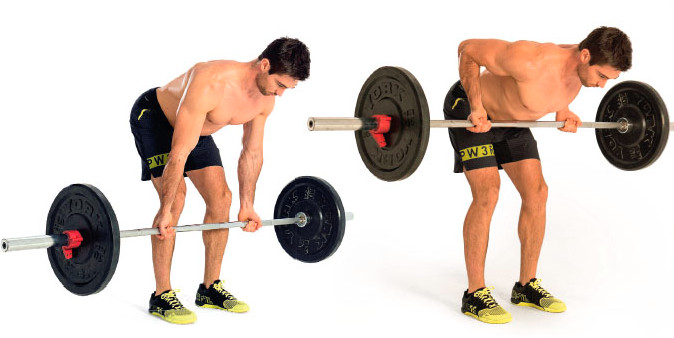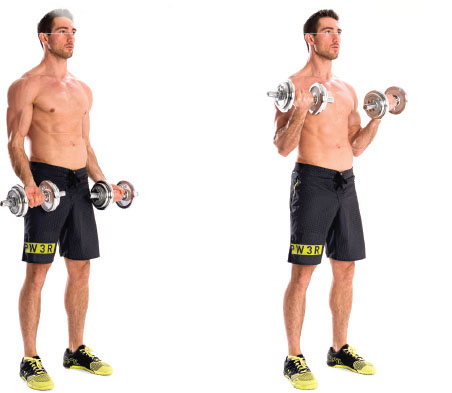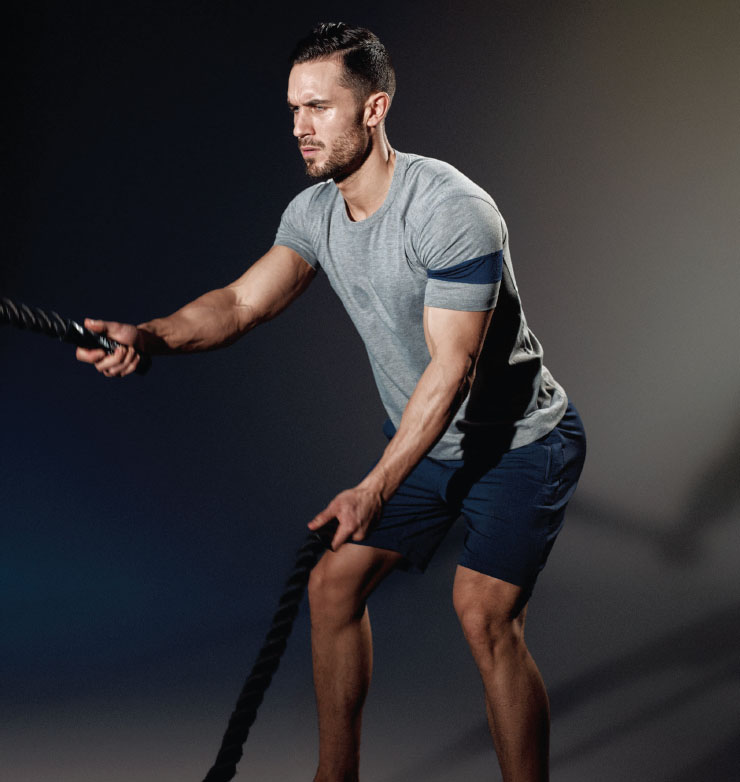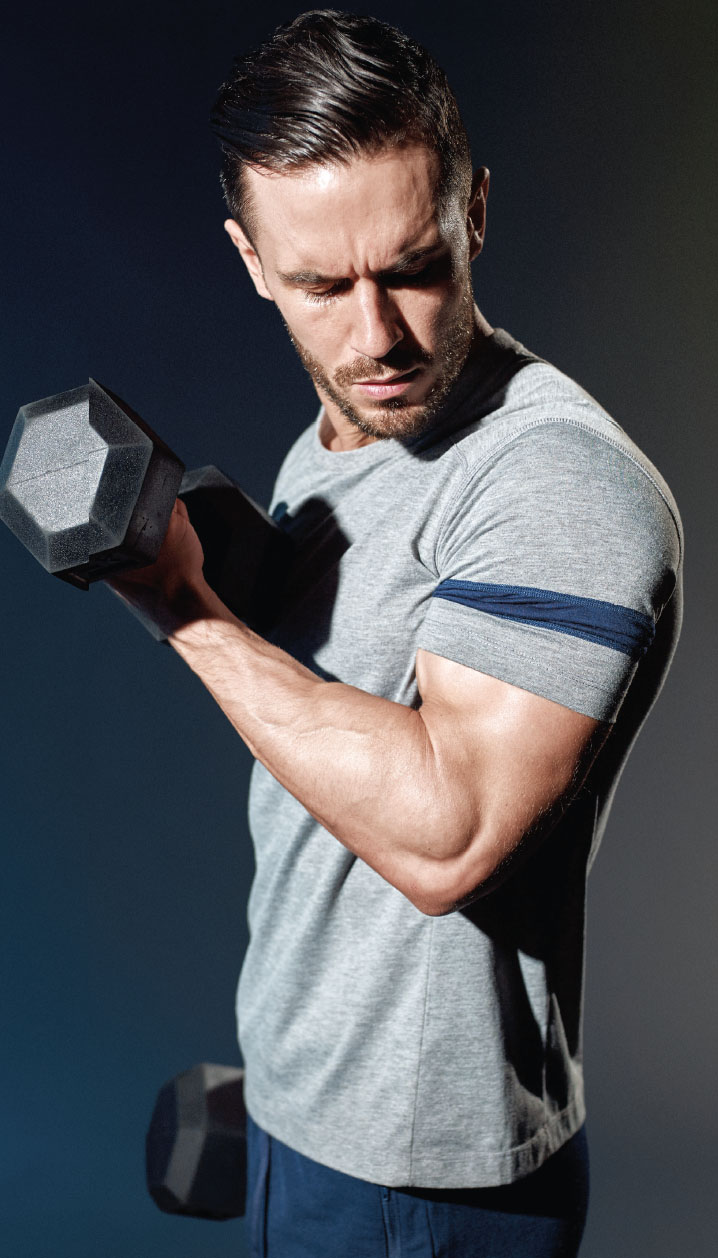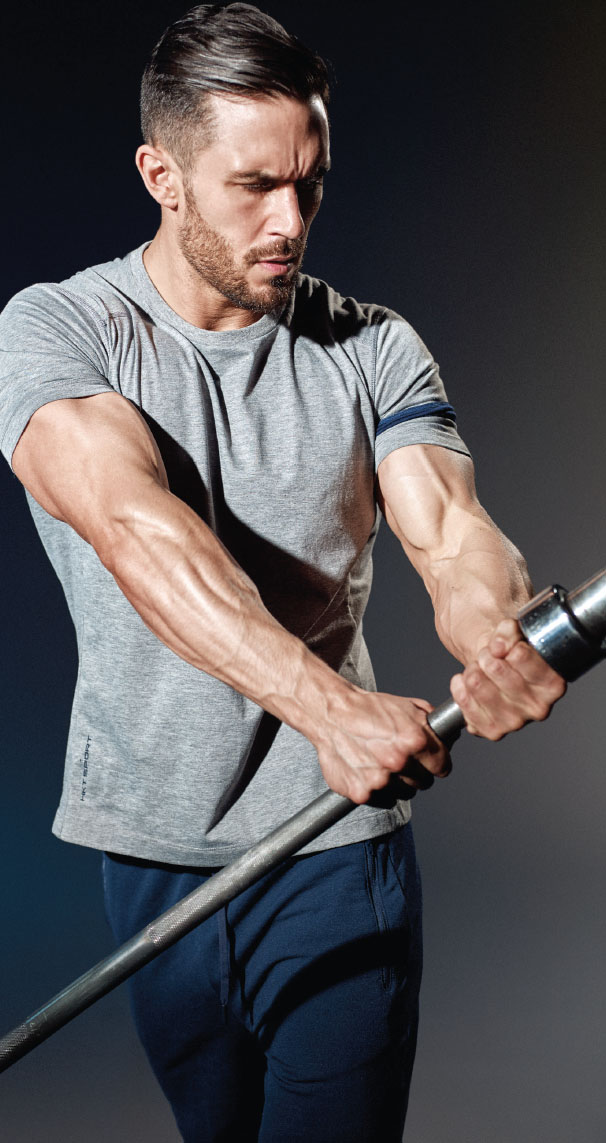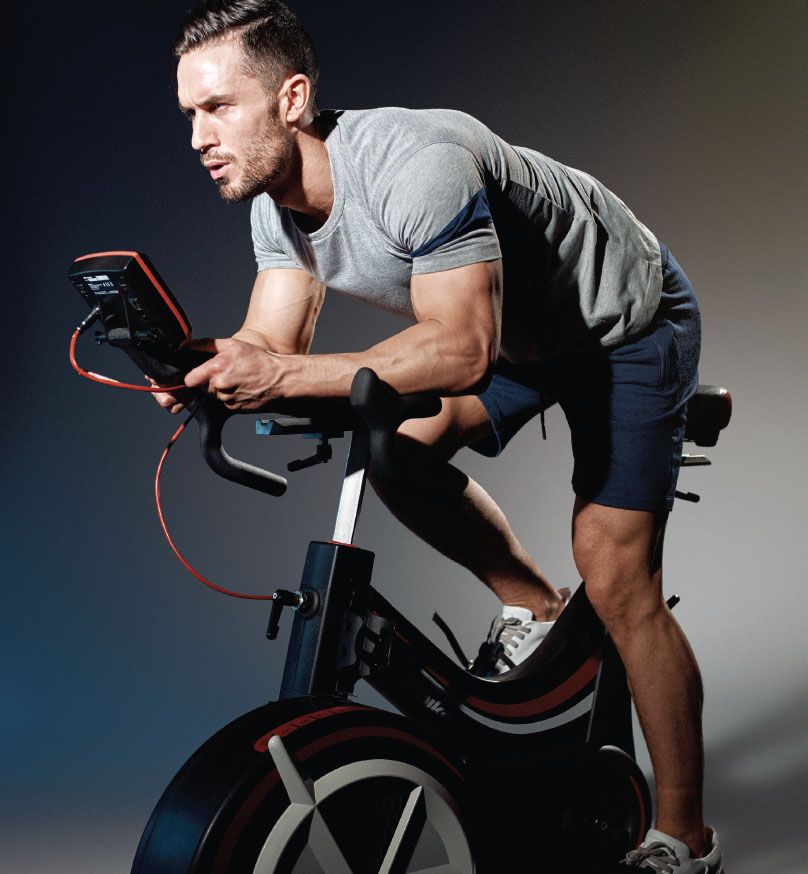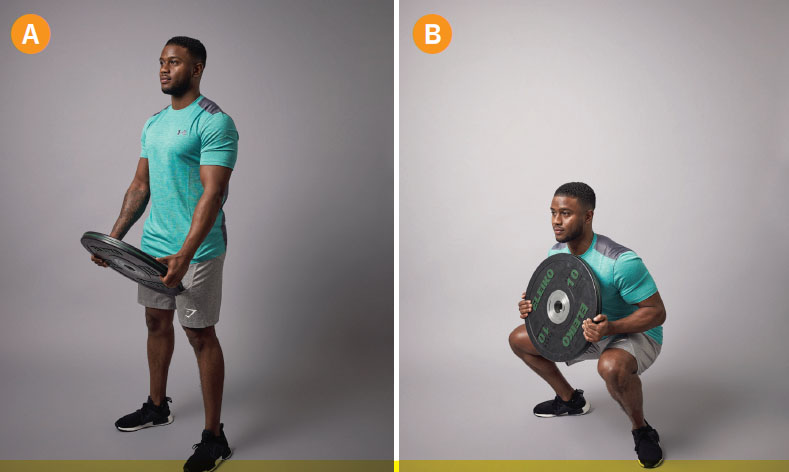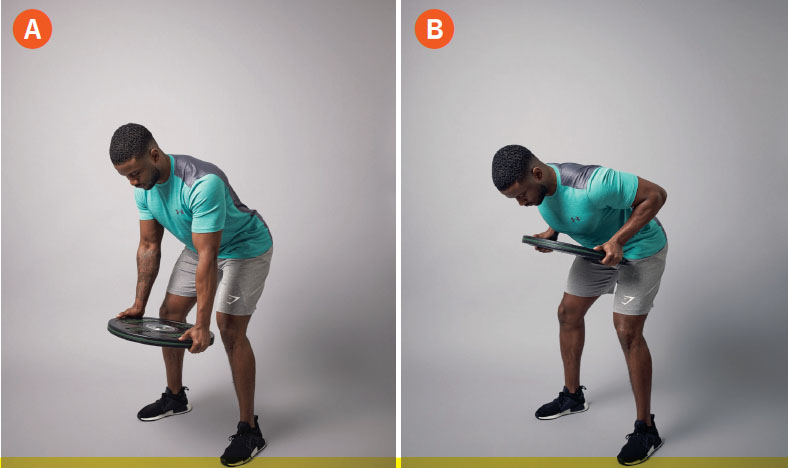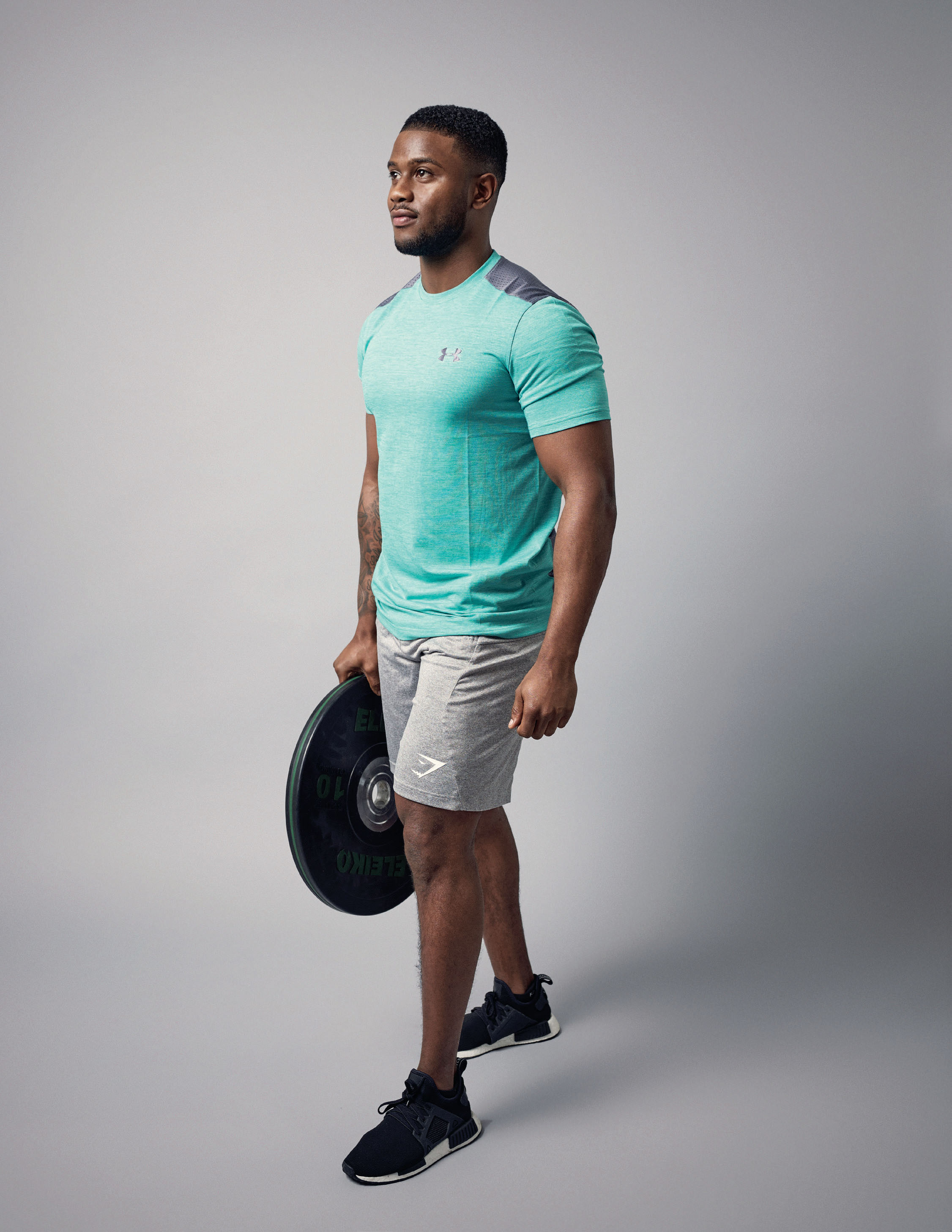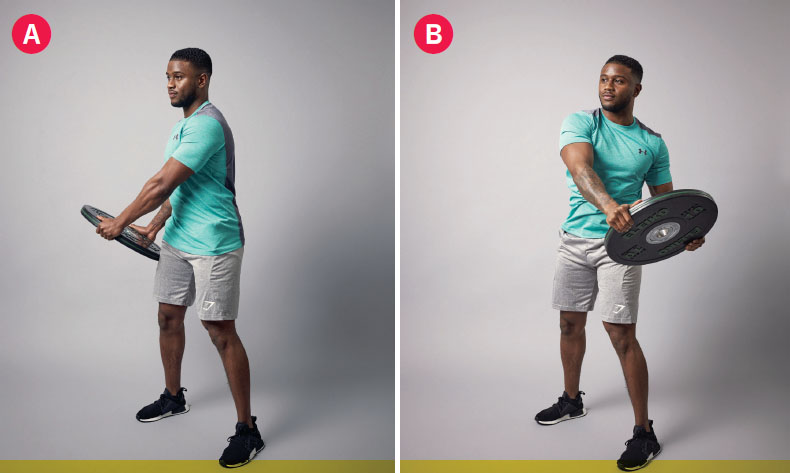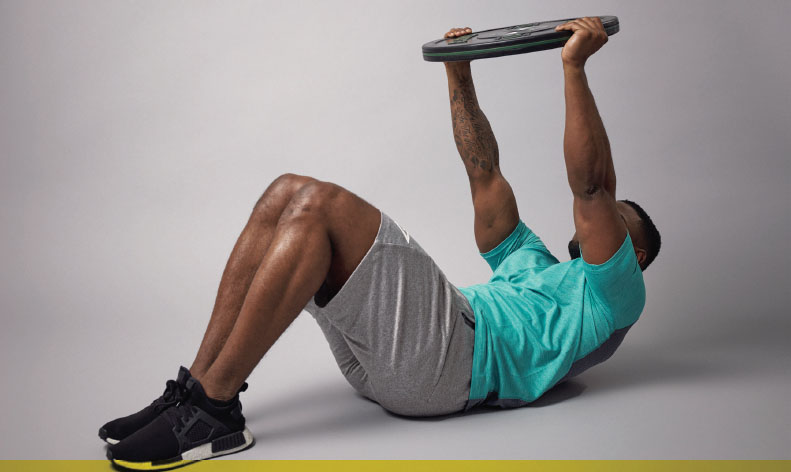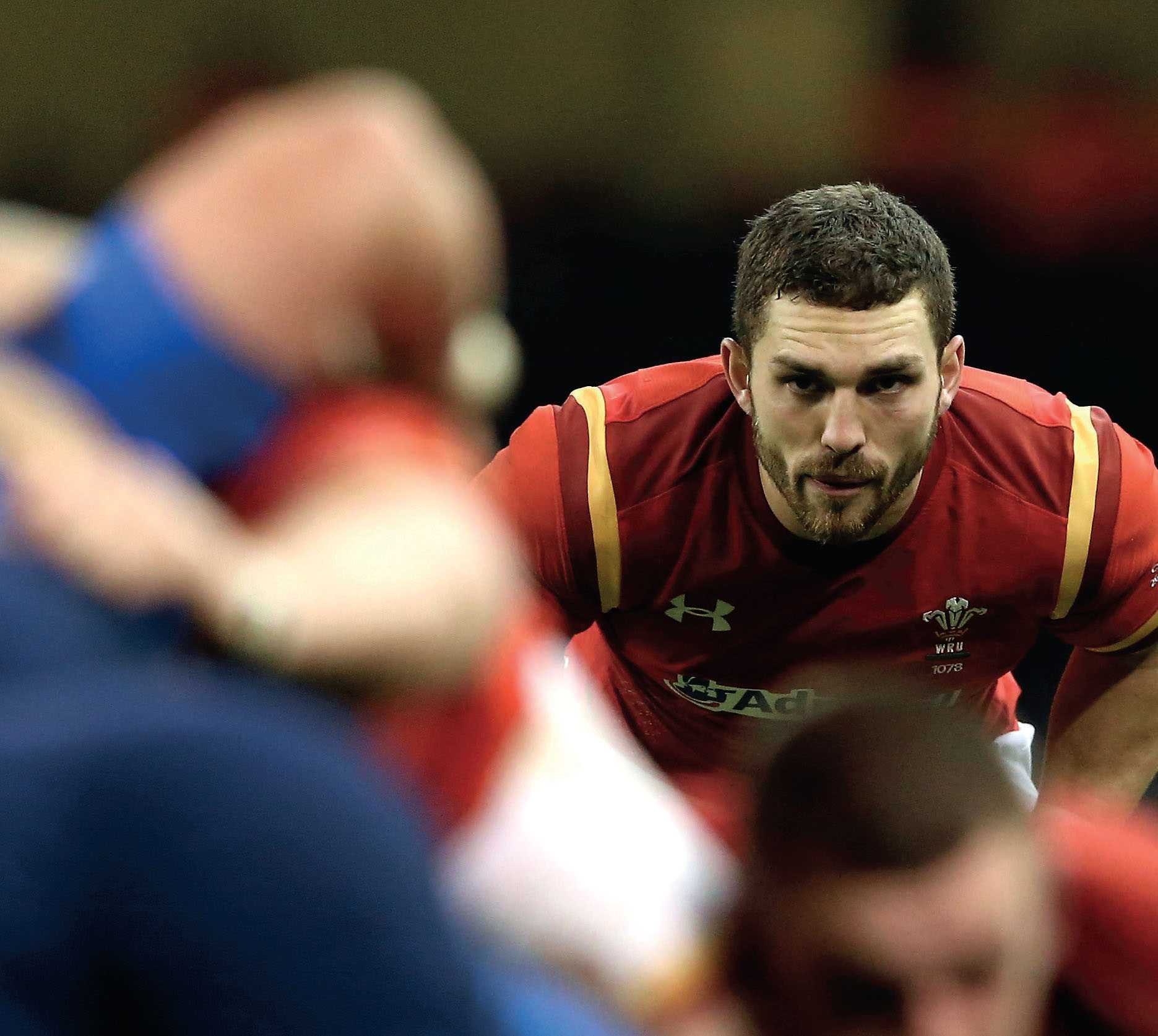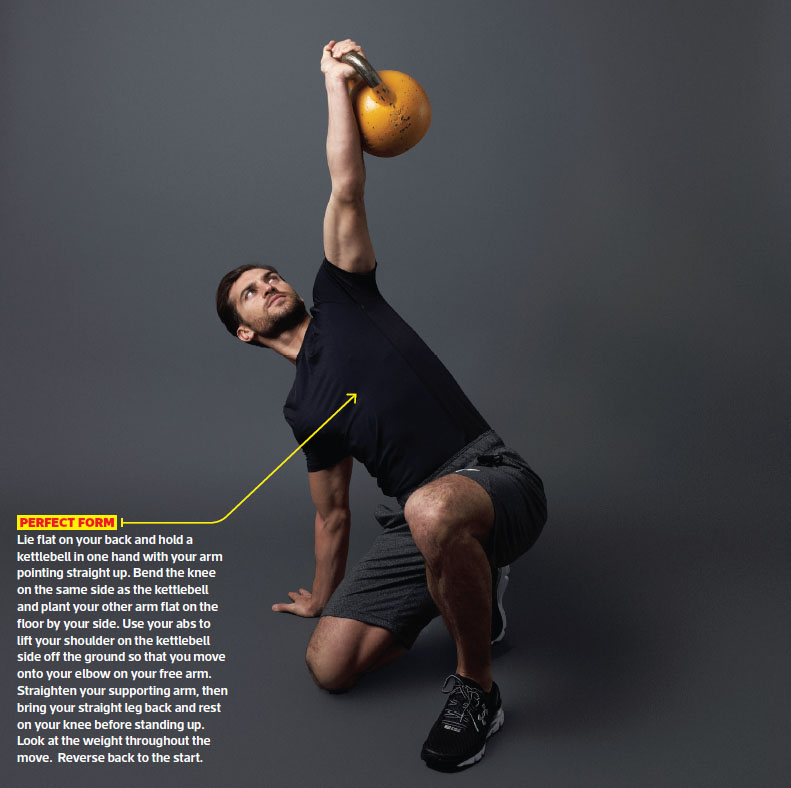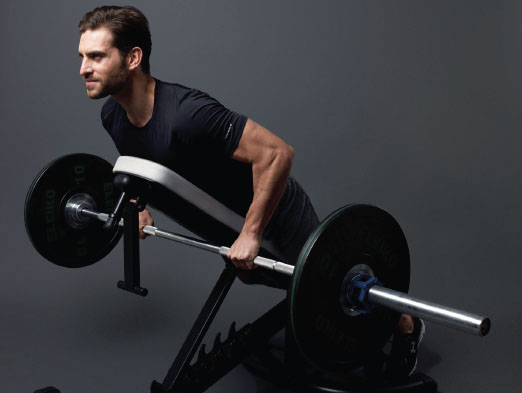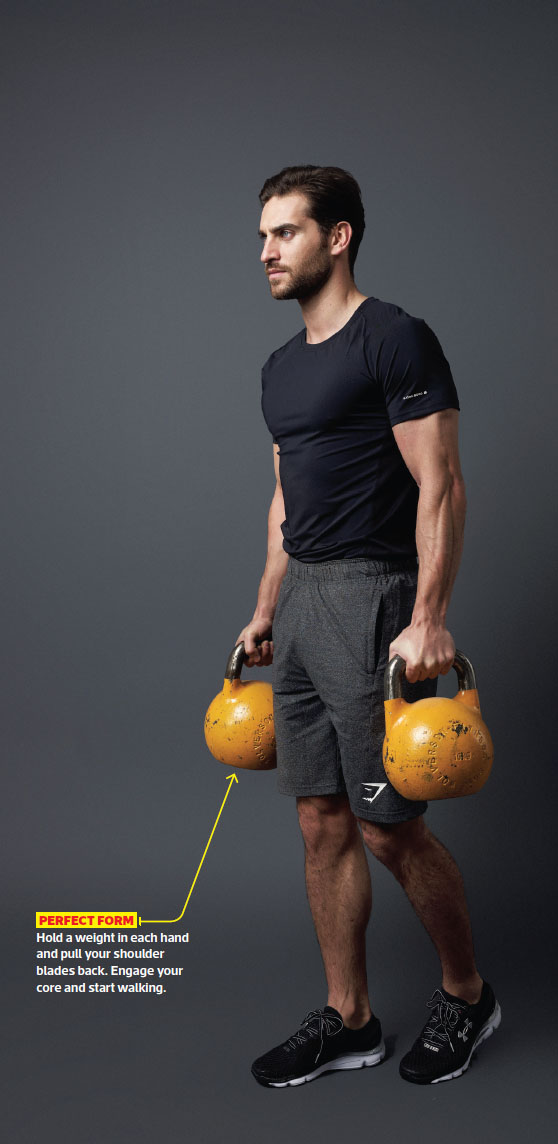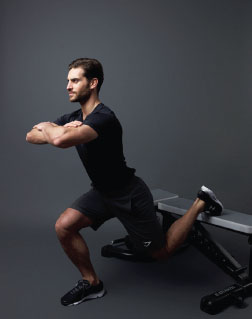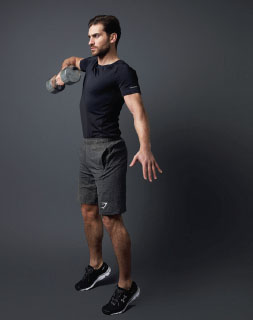It’s late in the evening. Toyota has booked the Portimão track in southern Portugal for an epic 30-hour endurance test. We have 20 minutes to discuss the season ahead – in which Fernando Alonso will, uniquely in the modern era, contest two world championships, F1 and the WEC. He’s typically sharp-witted and articulate, even if there’s a hint of weariness in his body language.
Outside, his Toyota prototype continues to pound around. He is driving the car for multiple stints during this test, and has just emerged from his first night session in a 1000bhp sports car – arguably the most sophisticated racing car ever built.
When he announced his intention to race WEC and F1 he said he looked forward to the ‘challenge’; he’s certainly got that…
You need to be sharp
Adapting to the new car – the new driving style, new environment, new team, new rules – everything is different. You need to do your homework and you need to be flexible and adaptable every time you are in the car. The thing about endurance, and about 24 hours, it’s that every single lap is different. It’s not like Formula 1 where you do continuous laps, in known territory. Here, in one lap you find two GT cars, another you are alone, another is at night, another is 30 degrees. Every lap is different so you have to adapt.
I came close to doing Le Mans when I was with Ferrari
I waved the green flag at Le Mans in 2014, and I was very close to racing there in ’13 and ’14, but Ferrari was not very keen on sharing anything with other brands. When I joined McLaren it was very close, but it didn’t happen for different reasons. Now it has finally happened – with the best team possible so I am extremely happy now.
I train a lot in karting
It still helps. I have done some 24-hour kart race to prepare for this. All the kids I follow and help, even when they are 14-15 they want to switch to cars and I stop them. The highest level in karting is 100 times higher than an F4 or F3 championship, so karting is not only the best school, it is probably the third- or fourth-biggest arena in motor sport.

I am preparing for Le Mans much more deeply than I did Indy
At Indy we were leading the race, it was very demanding, it was very challenging. At least with this I am able to test here and I have done Daytona. So I have done some traffic management and driver changes. And the speed is there. For this I am more prepared than Indy. You have to be.
The acceleration is just amazing
The car is giving you different challenges and different feelings. The electronics are very sophisticated, you have everything optimised from the four-wheel drive and the traction control. You know, with 1000 horsepower – it’s amazing. It’s very impressive because the whole thing is about endurance but also about consistency.
The four-wheel drive and the tyres are probably the biggest difference
How the car works, and how the tyres work to be very consistent over 60 laps, is very impressive. Normally with the other [F1] cars you drive around the tyre degradation and you change your style because the tyre is not able to cope. This car you can drive with your own style for 60 laps because the car will give you that opportunity – and that’s good. When you drive a corner with this car you rely on the systems – you rely on the traction control, the four-wheel drive, the front motor and the rear motor.
To have the confidence to do this sort of thing takes a little bit of time
Here [at Portimão] in the last corner, in testing, you have a blind corner. When it’s night and you can’t see… you are still flat out because the car will do the best to go out of the corner. You have to trust that it will know what to do on that corner to optimise the acceleration. Sometimes it’s difficult to rely on that [trust].
Fernando Alonso’s 2018-19racing schedule 20018
January 27-28 Daytona 24 Hours
March 25
Australian Grand Prix
April 8
Bahrain Grand Prix
April 15
Chinese Grand Prix
April 29
Azerbaijan Grand Prix
May 5
WEC Spa
May 13
Spanish Grand Prix
May 27
Monaco Grand Prix
June 10
Canadian Grand Prix
June
16-17 Le Mans 24 Hours
June 24
French Grand Prix
July 1
Austrian Grand Prix
July 8
British Grand Prix
July 22
German Grand Prix
July 29
Hungarian Grand Prix
August 19
WEC Silverstone
August 26
Belgian Grand Prix
September 2
Italian Grand Prix
September 16
Singapore Grand Prix
September 30
Russian Grand Prix
October 7
Japanese Grand Prix
October 21
United States Grand Prix
October 28
Mexican Grand Prix
November 11
Brazilian Grand Prix
November 18
WEC Shanghai
November 25
Abu Dhabi Grand Prix
2019*
March 16-17 12 Hours of Sebring
March
Australian Grand Prix
April
Bahrain Grand Prix
April
Chinese Grand Prix
April
Azerbaijan Grand Prix
May 4
WEC 6 Hours of Spa-Francorchamps
May
Spanish Grand Prix
May
Monaco Grand Prix
June 15-16 24 Hours of Le Mans
Dates for 2019 Formula 1 Grands Prix based on 2018 calendar
I’ve never driven the Le Mans track, not even on the simulator
I’m curious to see how the feeling is. At night too. Singapore, Bahrain, Abu Dhabi – even at Daytona it’s quite well illuminated but here [Portimao testing] it’s dark and I think Le Mans is somewhere in the middle. After some testing I think Le Mans will be easier, hopefully, but you put some traffic and some cars around that will be the biggest challenge.
Sharing the car with other drivers? It’s part of the game.
Knowing what others may need, and what setup they are happy with, and why they are happy with that setup. How they can make that setup work, how they enter a corner and don’t have the problems you have. It’s part of where you can learn.
I’m learning a lot. The atmosphere is amazing, from the first day, everyone really friendly. We have a WhatsApp group that we are constantly chatting. Today we were taking pictures of the others, if they are cutting the track here or there. Atmosphere is so different, so open, and so friendly.
The first race at Spa will feel different.
It will feel strange – but maybe not the circuit. We will see. The prototype training I have done so far has been on new circuits, so everything has been strange. Even the rain. At Spa it rains a lot. One of the three days, if it rains it will be the first time in a closed cockpit car with the rain. So we will have to see how good the wiper is…
I watched some of the WEC races, and the visibility doesn’t look that bad – but we will see. Maybe it’s the covered rear wheels, and maybe that doesn’t spray as much as F1.
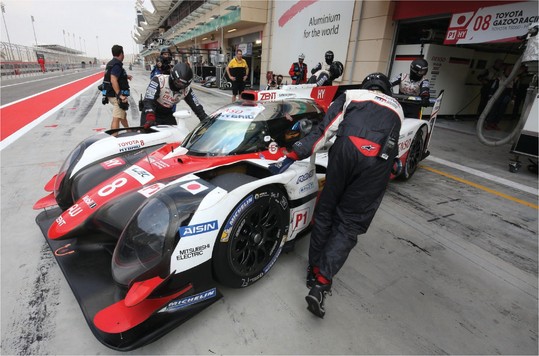
I know every single day in the year where I will be and what I will do.
The calendar is something I look at very carefully. Everyone looks at the races, but the biggest time and most energy-consuming things will be the marketing events with the F1 team, the personal commitments, media activities and the travelling – that will be the worst part. For 27 Sundays – the racing will be the easiest thing. You close the visor and you go. But there is Russia, Japan, Fuji, Austin, Mexico, China, Brazil so there will be seven or eight consecutive races in different parts of the world. But I know every single flight I have to take. I have everything in the calendar very efficiently.
If I have any days free in my diary I will be at home.
I will be doing my training, I will jump on the bicycle with friends, I will be busy with my family. I will not spend any free energy. Even now, in February, and I have a little more time now, I will save because the batteries I will need in September and October.
I have been a long time in the garage in the last three years…
You know, waiting for my car to be repaired [laughs]. I know from Daytona, even after a [team-mate] crash, I was surprised that everyone in the pitlane was ready to go. With this car the team is ready, they are ready to change the front corner, and they are ready to go.
I don’t have any plan beyond this superseason.
We will see if we are in that position to be in [to do Indy]. Last year the Indy experience, being happy there, feeling competitive there, it opened my eyes. Now if I can be competitive here as well, and we have the chance to win Le Mans, maybe I could have another attempt in the future and hopefully be competitive again.
